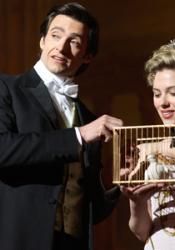London (1800's)
The setting for Christopher Nolan's The Prestige. Nolan's depiction of the city draws heavily on steampunk influences, combining traditional costumes and scenery with fantastic technologies.
Parent Map
Coordinates
Latitude: 51.507350900000
Longitude: -0.127758300000
Longitude: -0.127758300000

